Community Catalyst was founded in 1998 to build a consumer health advocacy movement. Operating in 40 states, the mission of Community Catalyst is to organize and sustain the consumer voice so that all individuals and communities have the opportunity to influence local, state, and national policy decisions affecting their health. One program under Community Catalyst’s improving care initiative, the Center for Consumer and Community Engagement, shapes the design of initiatives under the Affordable Care Act that allow states to develop innovative ways to provide coordinated, comprehensive, and high-quality care to dual-eligible individuals who are enrolled in both Medicare and Medicaid. The Center partners with state and local advocates in Michigan, New York, Ohio, Rhode Island, and Washington to provide them with the resources and expertise required to establish a voice for dual-eligibles in state and federal policy.
In 2014, Impact Catalysts (as its predecessor firm, Root Cause) partnered with Community Catalyst to set the course for the Center for Consumer and Community Engagement over a five-year period by determining how the initiative fit into the larger strategic priorities of the organization and what operational and financial structures the initiative needed to adopt. To enhance the financial sustainability of the initiative, we explored and tested the viability of developing a fee-for-service model for some services.
In 2015, Impact Catalysts (as its predecessor firm, Root Cause) worked with Community Catalyst to reexamine its management structure for the entire organization to assess its capacity to implement its 2012–2017 business plan. Community Catalyst had experienced significant growth, moving from 48 employees in 2011 to 68 staff members in 2015. The organization had two management levels, a Senior Management team (SMT) and a Program Management team (PMT). We developed recommendations for a new approach that took into account factors such as Community Catalyst’s external environment, internal resources and capabilities, professional development needs of the SMT and PMT staff, programmatic synergies, funding options, diversity, and succession planning. We also developed an implementation plan and provided coaching support to the CEO and COO as they secured commitments for the implementation plan among the rest of the team. The new management structure was designed to help the organization go through a major transformation as it absorbed a major influx of capital it received from a $14 million investment by Atlantic Philanthropies and set up the organization to successfully manage its future growth.

